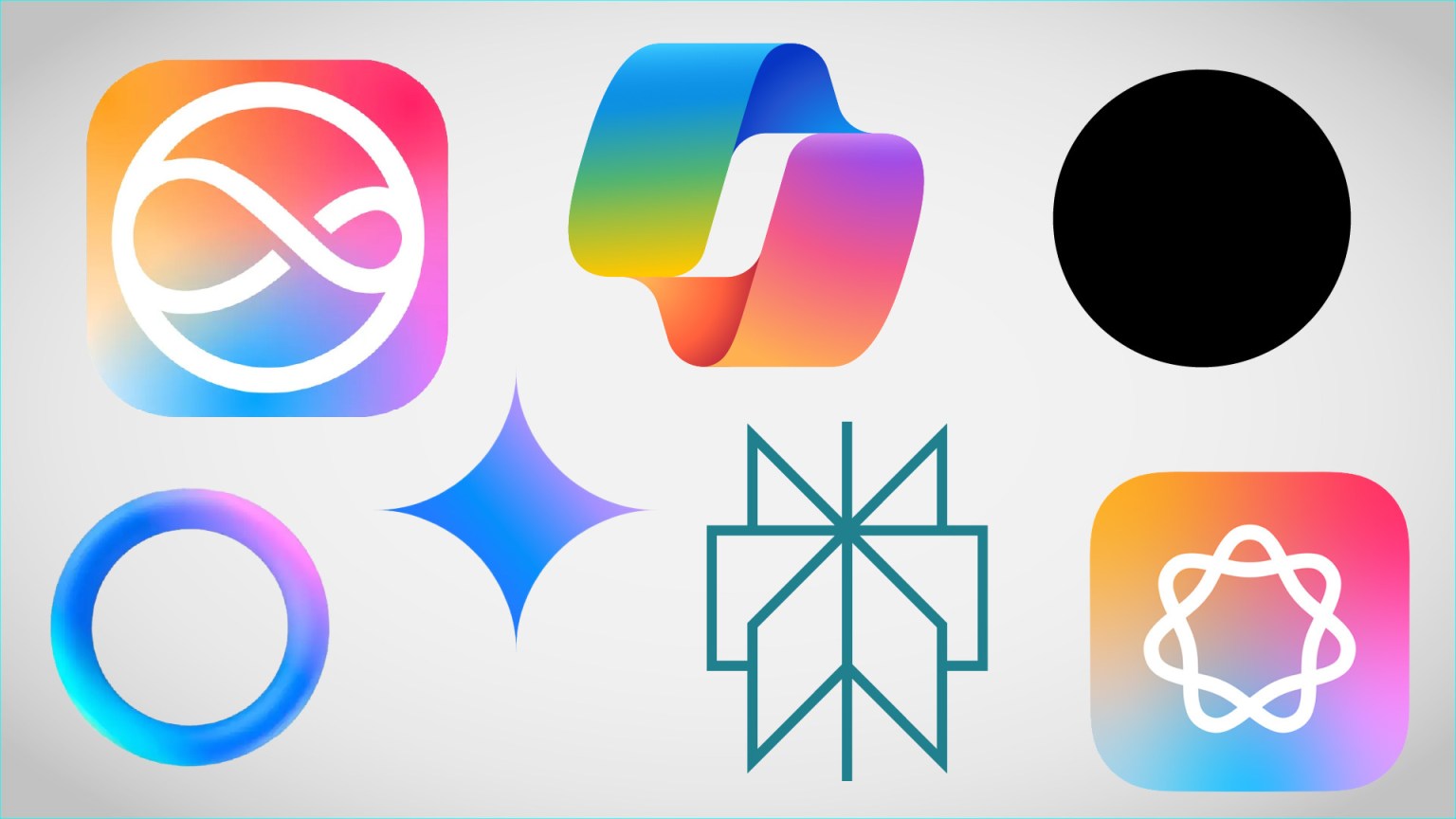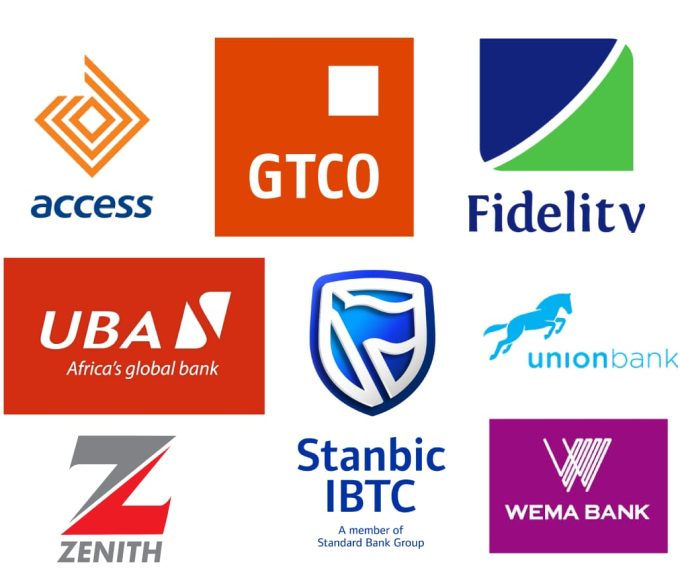
Apple Joins AI Icon Race With Ambiguous New Siri Logo

Last week marked an exciting development for the AI community as Apple joined the long-standing competition among tech giants like Google, OpenAI, Anthropic, and Meta to create an icon that effectively represents AI to users. However, like its competitors, Apple’s attempt is abstract at best.
Apple’s AI, or Apple Intelligence, is symbolised by a circular shape with seven loops. Alternatively, it could be seen as a circle with a lopsided infinity symbol inside. This representation, or the phone glowing around the edges, signifies New Siri, powered by Apple Intelligence.
The challenge lies in that AI, which performs numerous tasks but lacks a physical form, is challenging to represent visually. Companies aim for icons that indicate interaction with a machine learning model rather than just an essential function like searching or submitting.
Despite varied approaches, AI branding has converged on a few fundamental principles: the icon should be non-threatening, abstract, simple, and non-anthropomorphic. Early AI icons, such as robots or magic wands, were rejected for suggesting rigidity, inhumanity, or irrationality—qualities these companies want to avoid.
Corporate logo design often involves a mix of solid vision, commercial necessity, and committee compromise. This is evident in the AI icons from different companies. OpenAI’s black dot, a featureless void, contrasts with the colourful, approachable designs of others like Google’s star or Perplexity’s endless book.
These icons use pleasant candy colours and soft gradients, creating a friendly and open impression. They animate in use, giving a sense of life and responsiveness. However, they avoid suggesting expertise, efficiency, decisiveness, or creativity.
Design documents for these logos likely run extensive, reflecting the companies’ obsession with getting them right. Yet, despite this effort, no one has created a visual that unambiguously says “AI” to the user. These icons mainly communicate what they are not—indicating a new interface rather than a specific function.
Historically, icons like envelopes for email or gears for settings represented their functions. However, AI, being a relatively new concept to consumers, is more challenging to define visually. Current AI branding suggests potential and friendliness rather than specific capabilities.
Apple’s approach involves multiple logos and visual cues. Users might interact with Siri to query Apple Intelligence, seen through swirling colours on the screen. This lack of a definitive AI icon reflects the broader uncertainty in representing AI’s capabilities.
Until AI becomes better defined, its icons will likely remain vague, unthreatening, and abstract. A colourful, ever-shifting blob, after all, doesn’t seem likely to take anyone’s job.
Source: TechCrunch
Read more: Enugu Rangers Crowned 2023/24 NPFL Champions
About The Author
Related Articles
Benin and Niger Relations Deteriorate Further as Diplomatic Expulsions Escalate
Diplomatic relations between Benin and Niger have sharply deteriorated following a series...
ByWest Africa WeeklyJanuary 5, 2026Nigerian Air Force Confirms Crash of CH-4 Combat Drone in Niger State
The Nigerian Air Force has confirmed that one of its CH-4 combat...
ByWest Africa WeeklyJanuary 5, 2026Mali Survive Shootout Against Tunisia, Set Up Senegal Showdown
Mali advanced to the quarter-finals of the Africa Cup of Nations after...
ByWest Africa WeeklyJanuary 5, 2026Nigerian Banks Shut Down 229 Branches as Cost Pressures and Digital Shift Deepen
Nigeria’s banking sector has witnessed a significant contraction, with commercial banks shutting...
ByWest Africa WeeklyJanuary 5, 2026











